Austria, officially known as the Republic of Austria, is a landlocked country located in Central Europe. Here is some information about Austria:
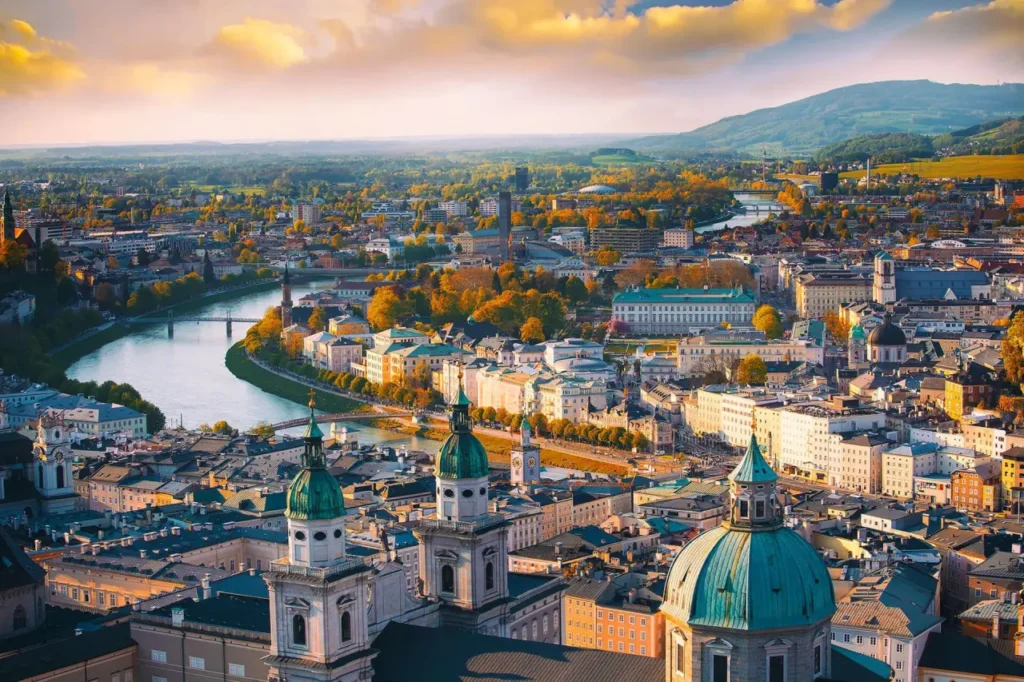
Geography: Austria is bordered by eight countries, including Germany, Czech Republic, Slovakia, Hungary, Slovenia, Italy, Switzerland, and Liechtenstein. It is characterized by its Alpine landscape, with the Eastern Alps covering a significant portion of the country. Austria is known for its stunning mountain ranges, lakes, and picturesque valleys.
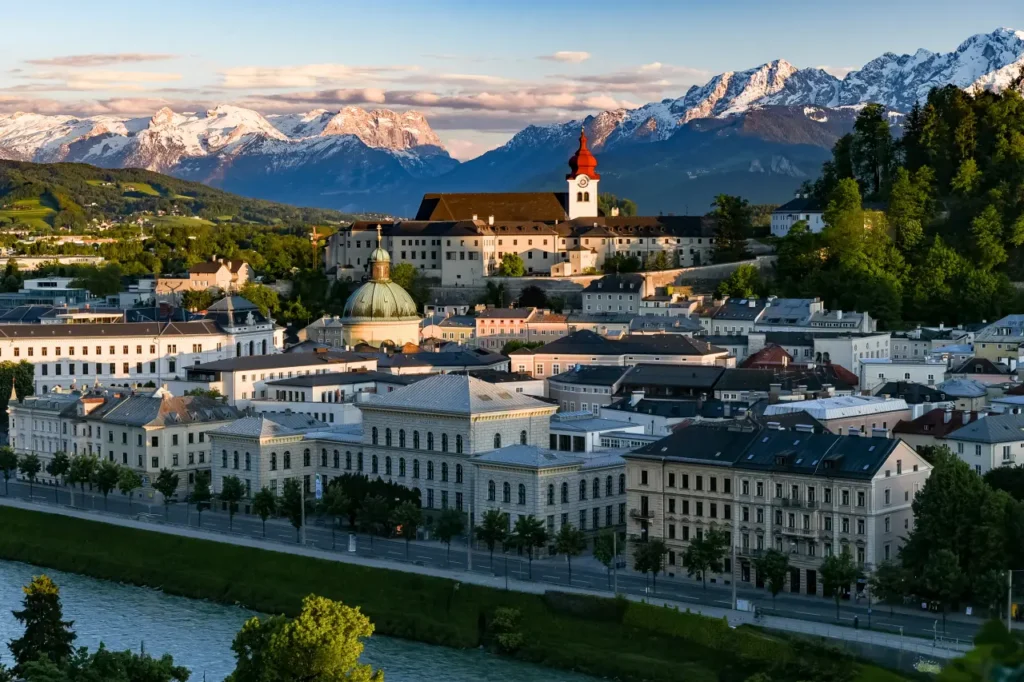
Capital and Major Cities: The capital city of Austria is Vienna, which is also the largest city in the country. Other major cities include Graz, Linz, Salzburg, and Innsbruck. Vienna, in particular, is renowned for its rich history, stunning architecture, and vibrant cultural scene.
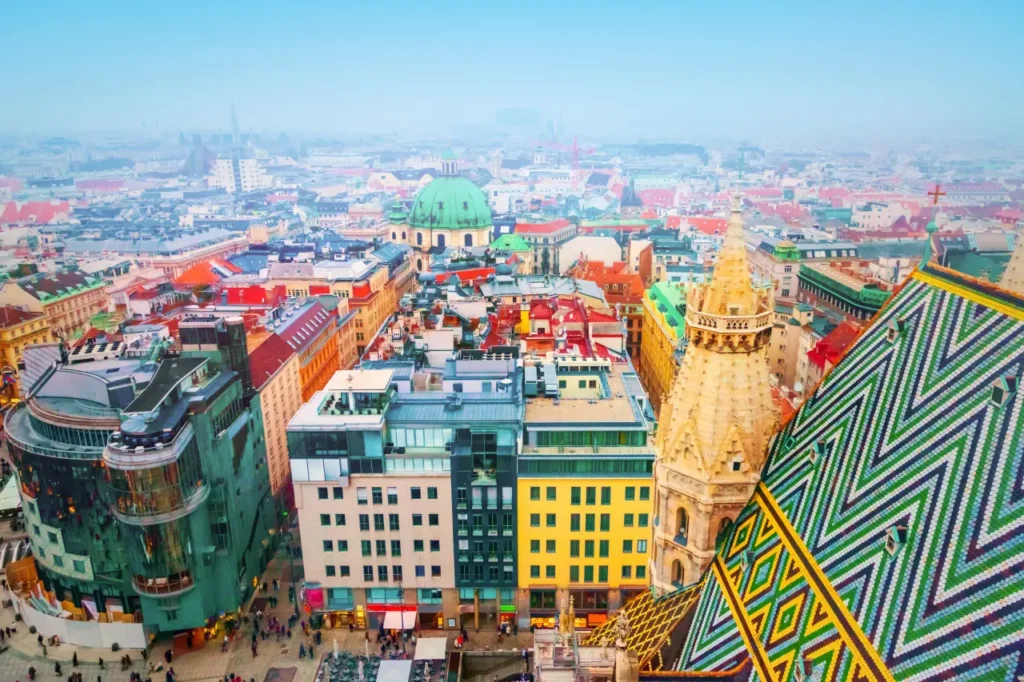
History: Austria has a rich historical background. It was once the center of the vast Austro-Hungarian Empire, which was a prominent European power until its dissolution after World War I. Austria played a significant role in European history and has been home to many notable figures, such as Wolfgang Amadeus Mozart, Sigmund Freud, and Gustav Klimt.
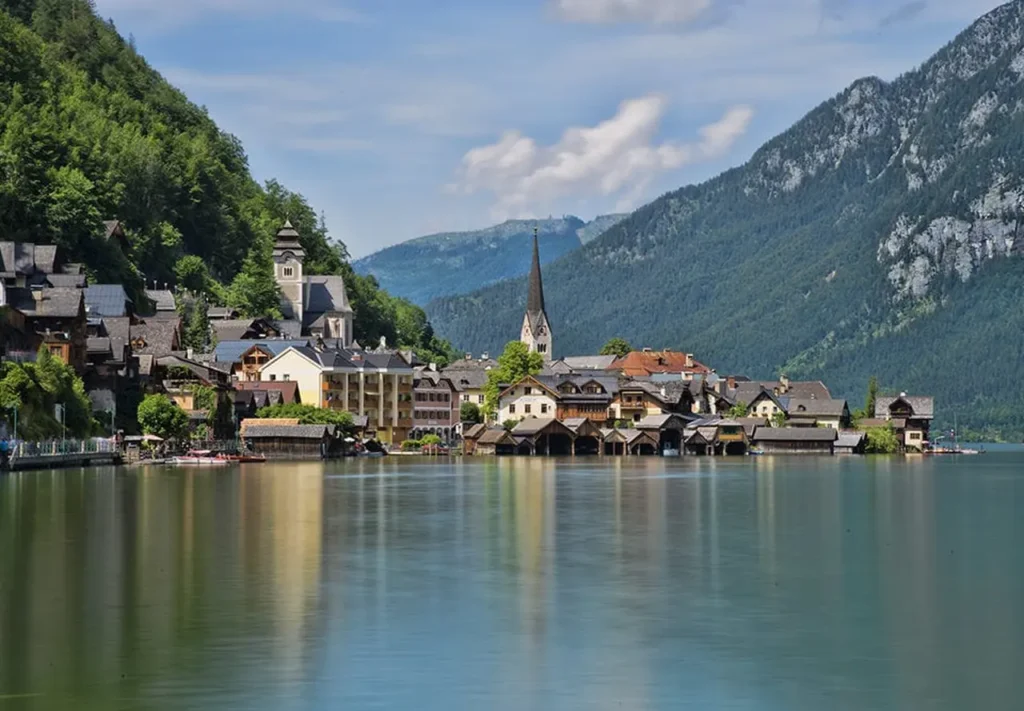
Culture: Austrian culture is deeply influenced by its history, particularly the Habsburg dynasty. The country is known for its contributions to music, art, literature, and philosophy. Classical music composers such as Mozart, Haydn, and Strauss have strong ties to Austria. The country is also famous for its traditional folk music, Viennese waltz, and opera.
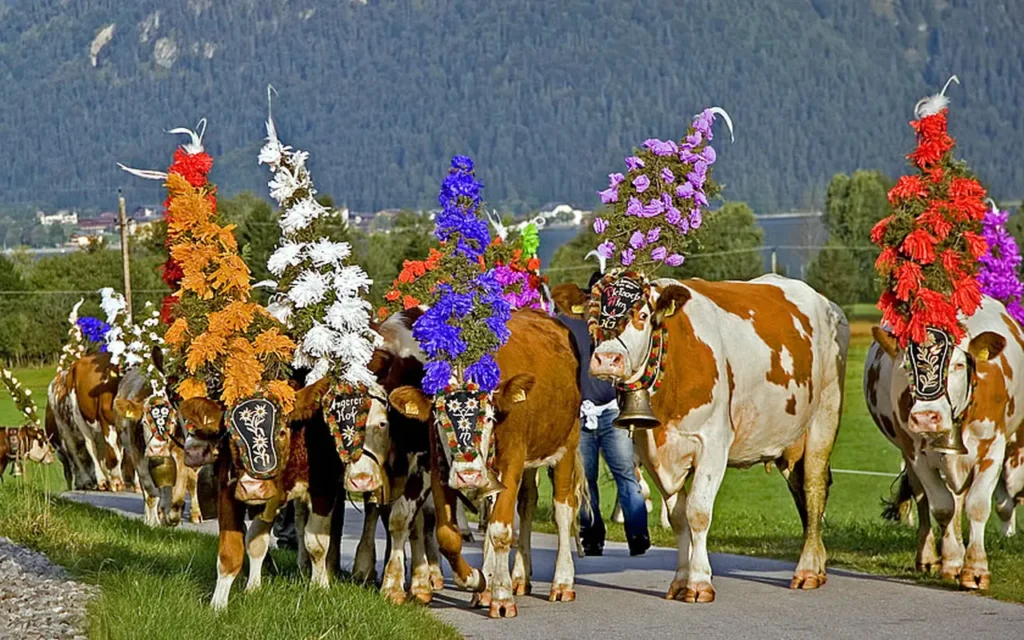
Language: The official language of Austria is German. Austrian German has some distinct variations compared to standard German due to regional dialects and influences.
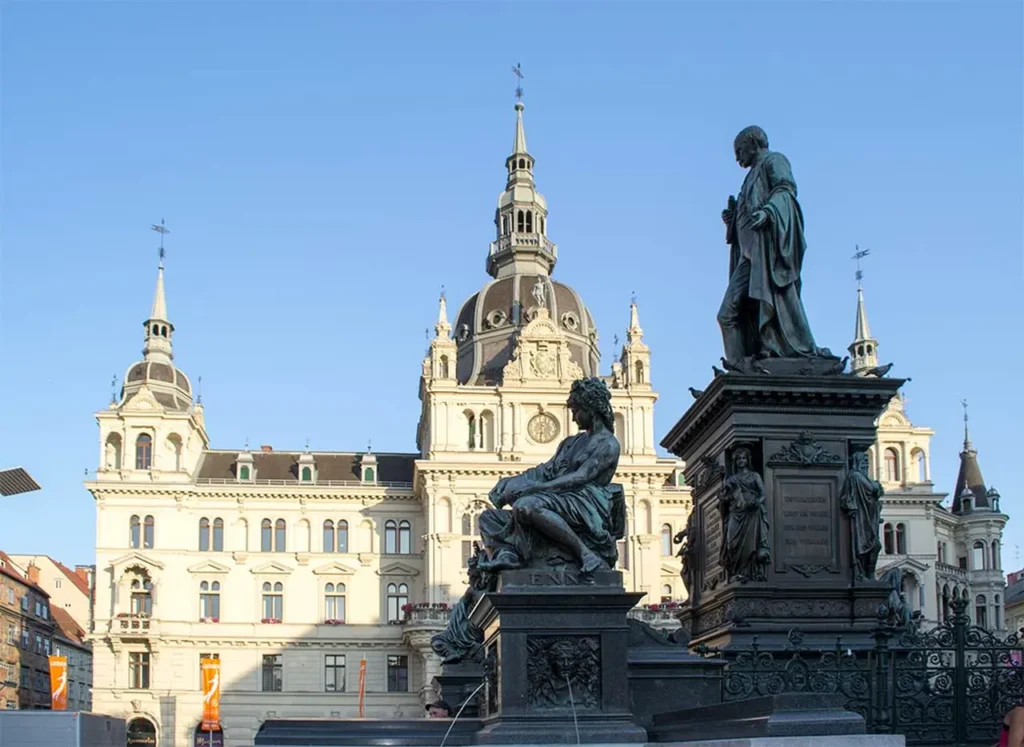
Cuisine: Austrian cuisine is known for its hearty and flavorsome dishes. Popular traditional foods include Wiener Schnitzel (breaded and fried veal or pork cutlet), Sachertorte (chocolate cake), Tafelspitz (boiled beef), and various types of sausages. Austrian coffee houses are also an integral part of the culture, known for their cozy atmosphere and delicious pastries.
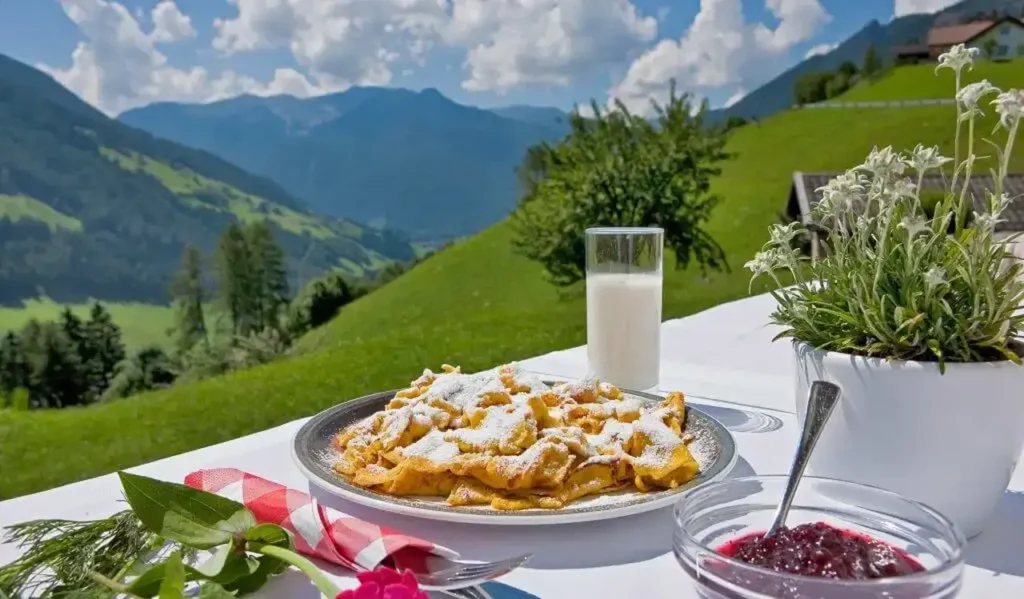
Tourism: Austria attracts tourists from around the world with its natural beauty, historical landmarks, and cultural treasures. The country offers opportunities for skiing, hiking, and mountaineering in the Alpine regions. Vienna, with its imperial palaces, museums, and vibrant music scene, is a major tourist destination. Other popular destinations include Salzburg, known for being the birthplace of Mozart, and the scenic region of Salzkammergut with its lakes and mountains.
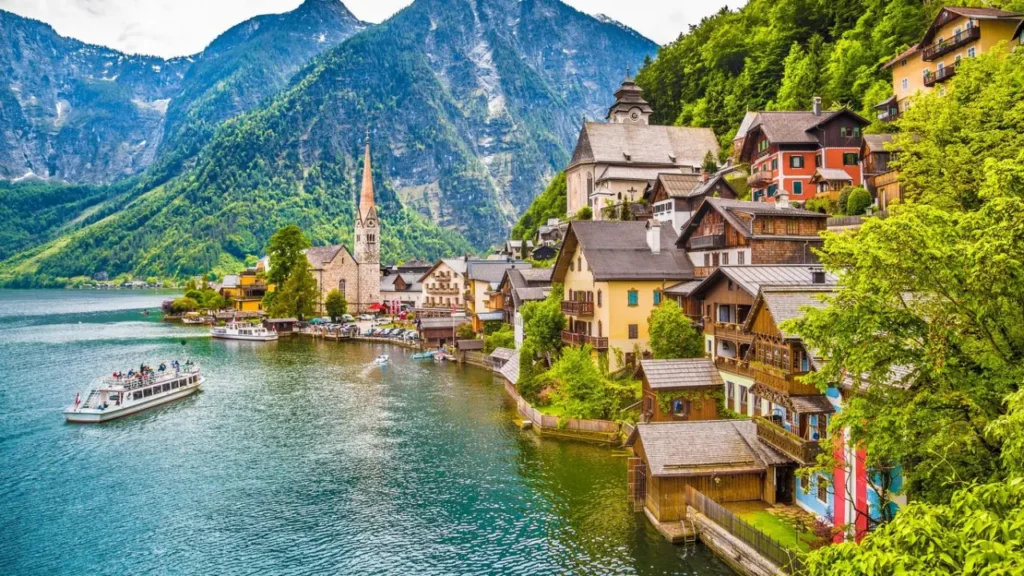
Festivals and Traditions: Austria hosts numerous festivals and traditions throughout the year. The Vienna Opera Ball, held annually, is a prestigious social event. The Salzburg Festival showcases world-class music and theater performances. Christmas markets, Easter traditions, and the Vienna Philharmonic’s New Year’s Concert are also highly anticipated events.
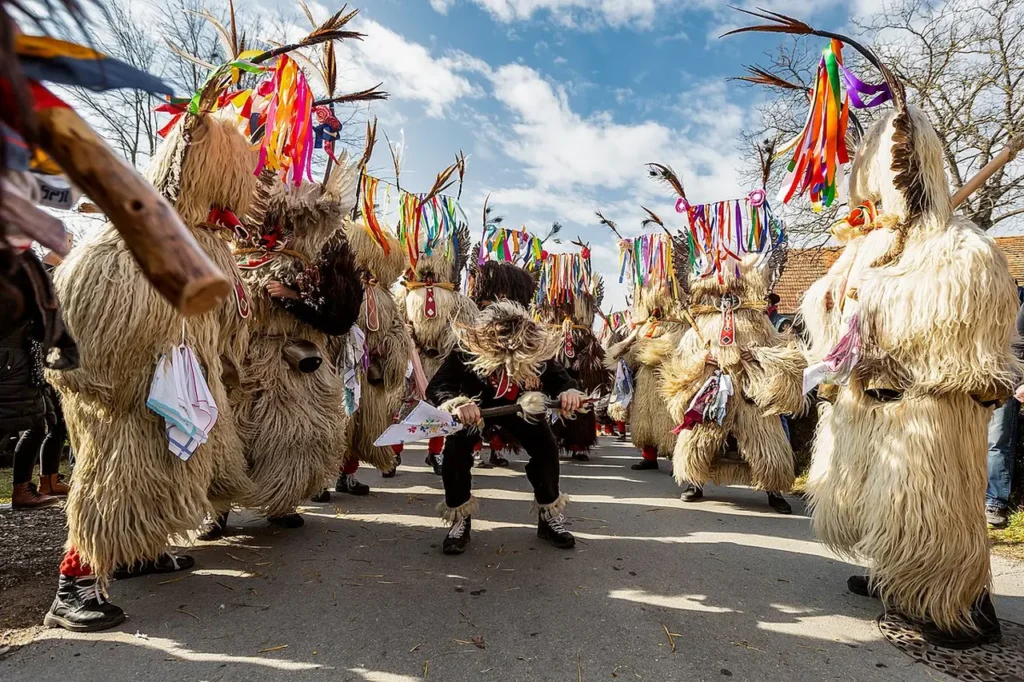
Quality of Life: Austria consistently ranks high in terms of quality of life, offering excellent healthcare, education, infrastructure, and social welfare systems. The country is known for its safe and clean cities, efficient public transportation, and a strong commitment to environmental sustainability.
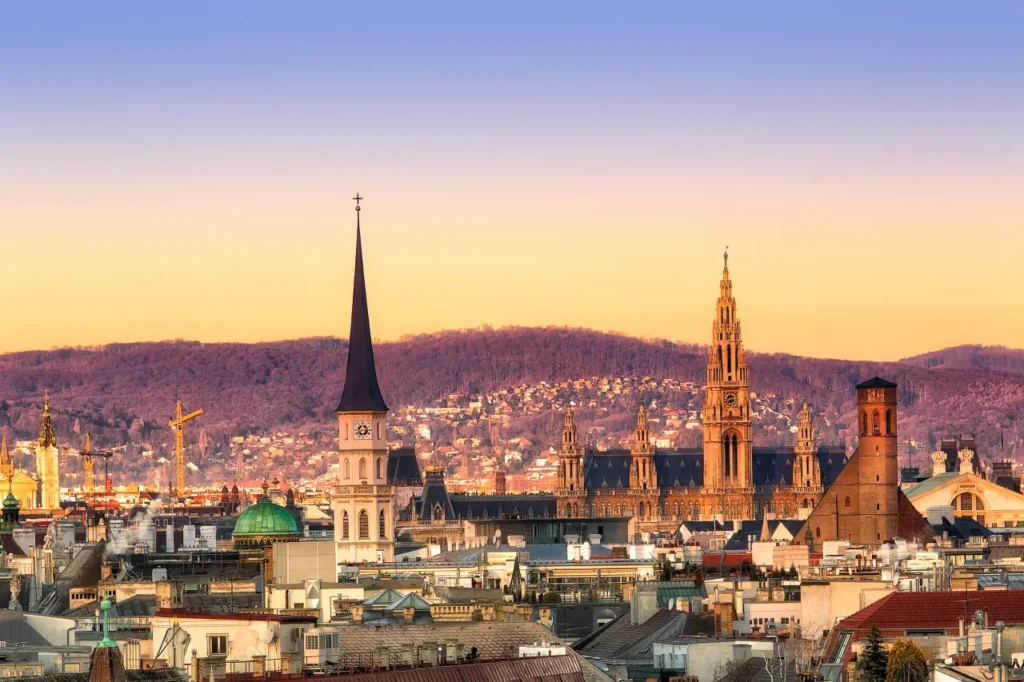
Austria’s natural beauty, rich cultural heritage, and historical significance make it a captivating destination for travelers seeking stunning landscapes, cultural experiences, and a glimpse into Europe’s past.
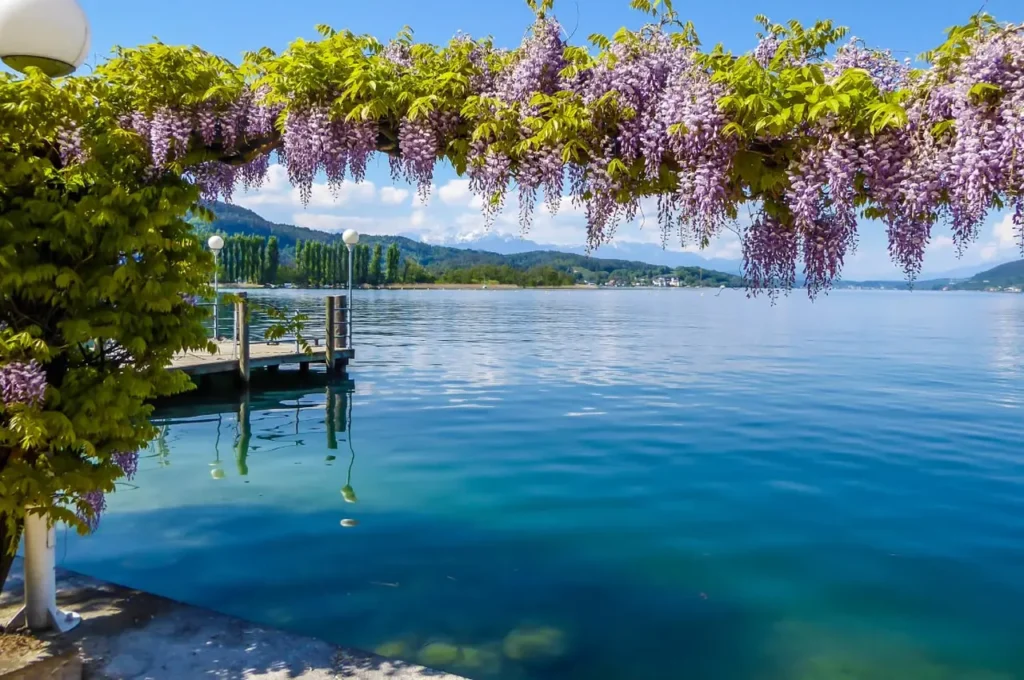
The top beautiful and famous places in Austria
Austria offers a multitude of beautiful and famous tourist destinations. These destinations offer a diverse range of natural beauty, historical landmarks, cultural experiences, and outdoor activities, allowing visitors to immerse themselves in the beauty and charm of Austria. Here are some of the top ones:
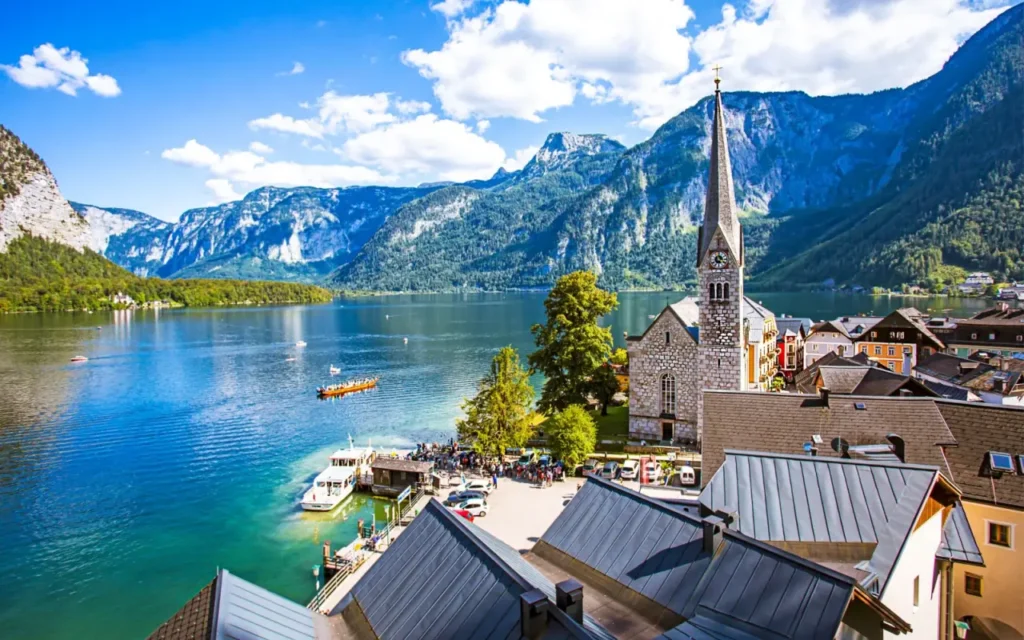
1. Vienna
The capital city of Austria, Vienna, is renowned for its stunning architecture, rich history, and vibrant cultural scene. Highlights include the magnificent Schönbrunn Palace, St. Stephen’s Cathedral, the Belvedere Palace, the Vienna State Opera, and the Hofburg Palace. The city is also known for its coffee houses, museums, and classical music concerts.
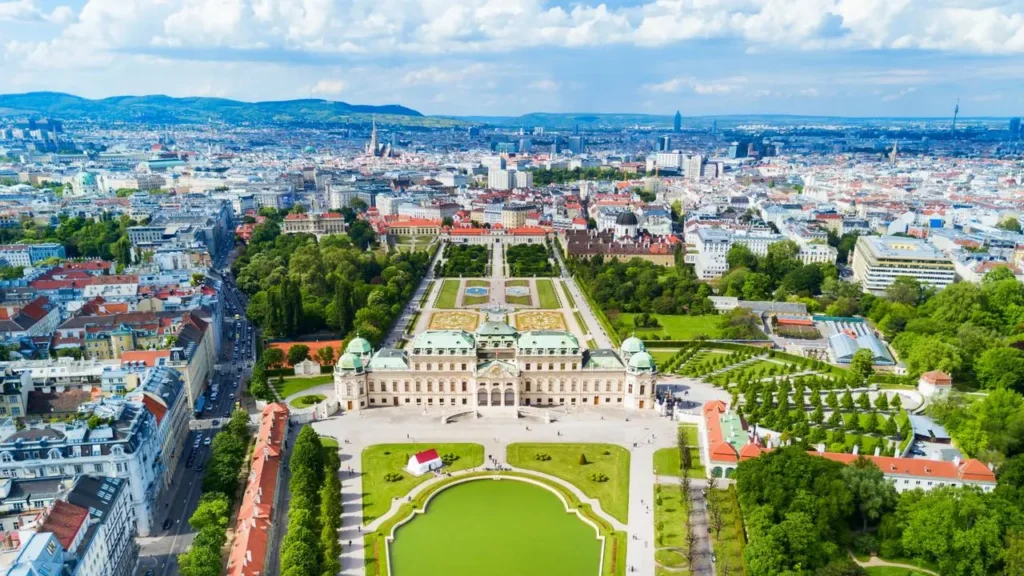
2. Salzburg
Salzburg is a charming city known as the birthplace of Wolfgang Amadeus Mozart and the setting for the famous film “The Sound of Music.” The city’s Baroque architecture, including Hohensalzburg Fortress and Mirabell Palace, is a treat for visitors. Explore the historic Altstadt (Old Town) and attend performances at the Salzburg Festival, a renowned music and drama festival.
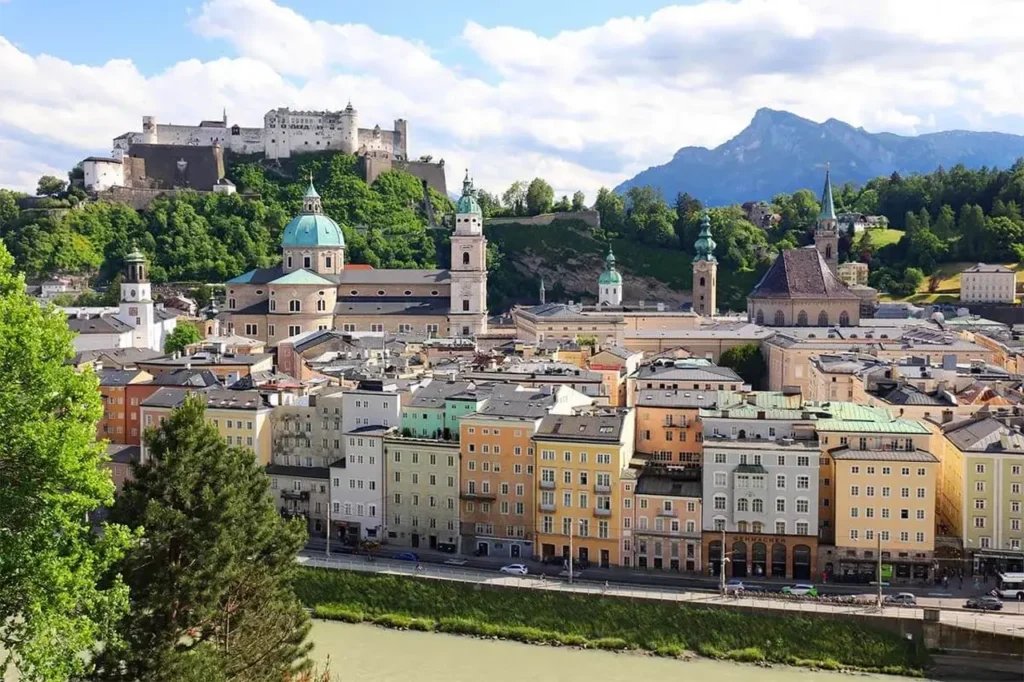
3. Innsbruck
Nestled in the heart of the Alps, Innsbruck is a picturesque city with a stunning mountain backdrop. The city hosted the Winter Olympics twice and offers excellent skiing and snowboarding opportunities. Must-see attractions include the Golden Roof, Ambras Castle, the Alpine Zoo, and the Nordkette Cable Car, providing panoramic views of the surrounding mountains.
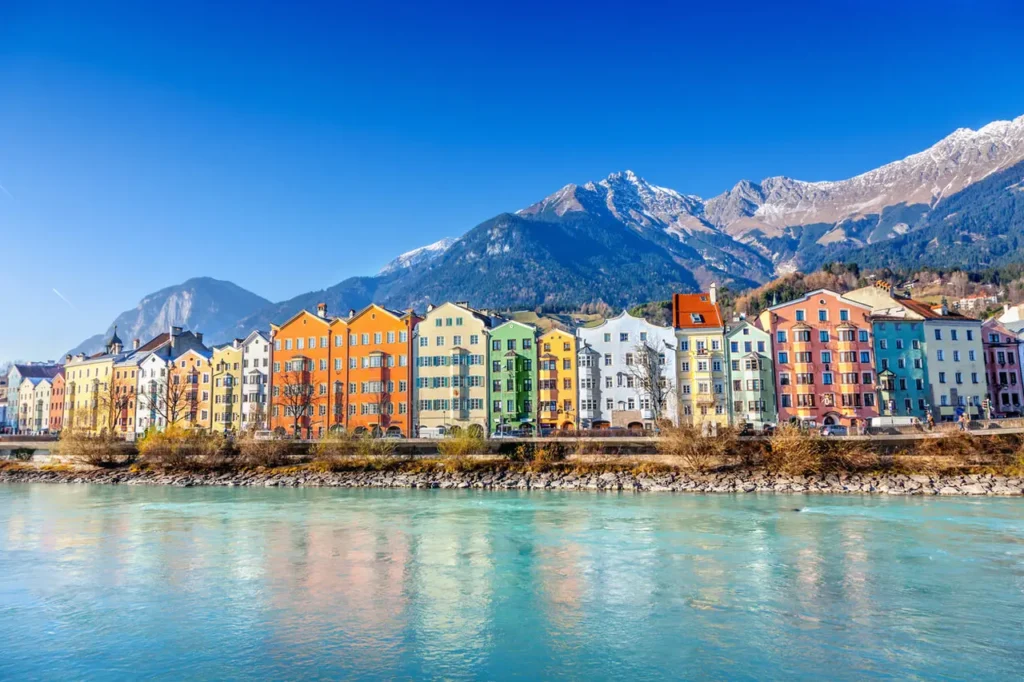
4. Hallstatt
Situated in the Salzkammergut region, Hallstatt is a UNESCO World Heritage Site known for its breathtaking beauty. The village is located on the shores of Lake Hallstatt and is surrounded by majestic mountains. Visitors can explore the historic center, visit the Hallstatt Salt Mine, and enjoy the tranquil lake scenery.
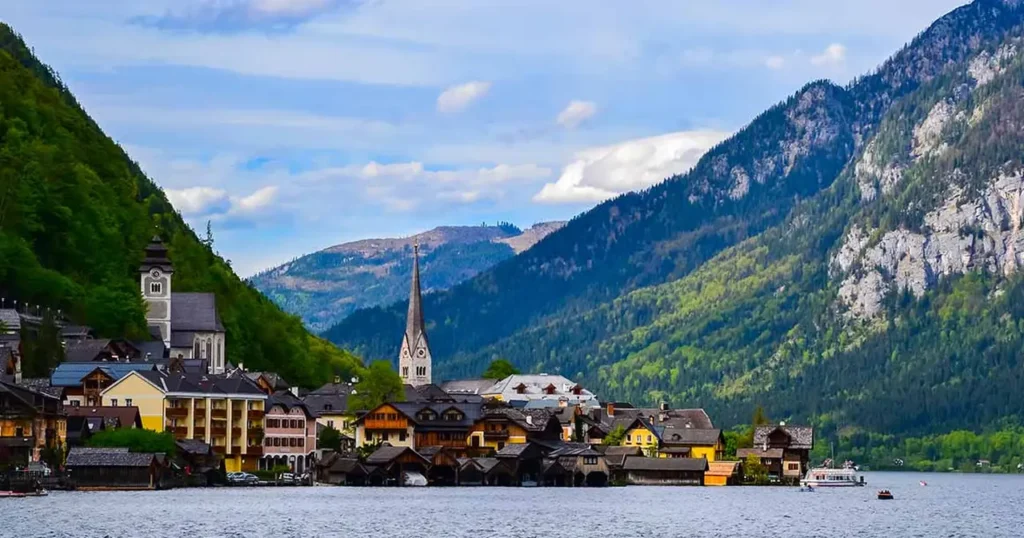
5. Wachau Valley
The Wachau Valley, a picturesque stretch of the Danube River between Melk and Krems, is famous for its scenic landscapes, charming villages, and vineyards. Take a boat cruise along the Danube, visit the stunning Melk Abbey, explore the medieval town of Dürnstein, and indulge in wine tastings along the way.
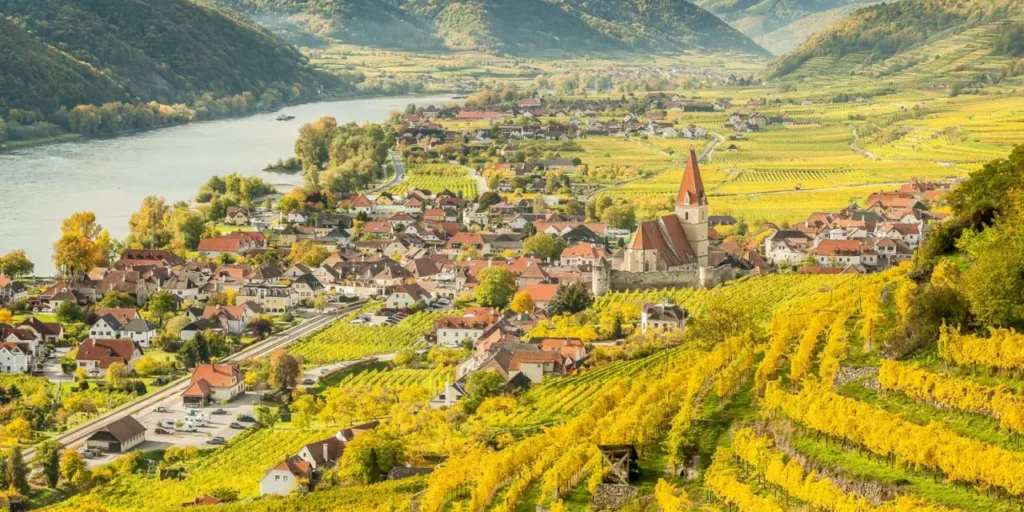
6. Salzkammergut
This region is renowned for its stunning lakes and mountains. The area is dotted with beautiful towns and villages, including St. Wolfgang, St. Gilgen, and Bad Ischl. Enjoy outdoor activities such as hiking, swimming, and boating in the crystal-clear lakes like Wolfgangsee, Hallstätter See, and Traunsee.
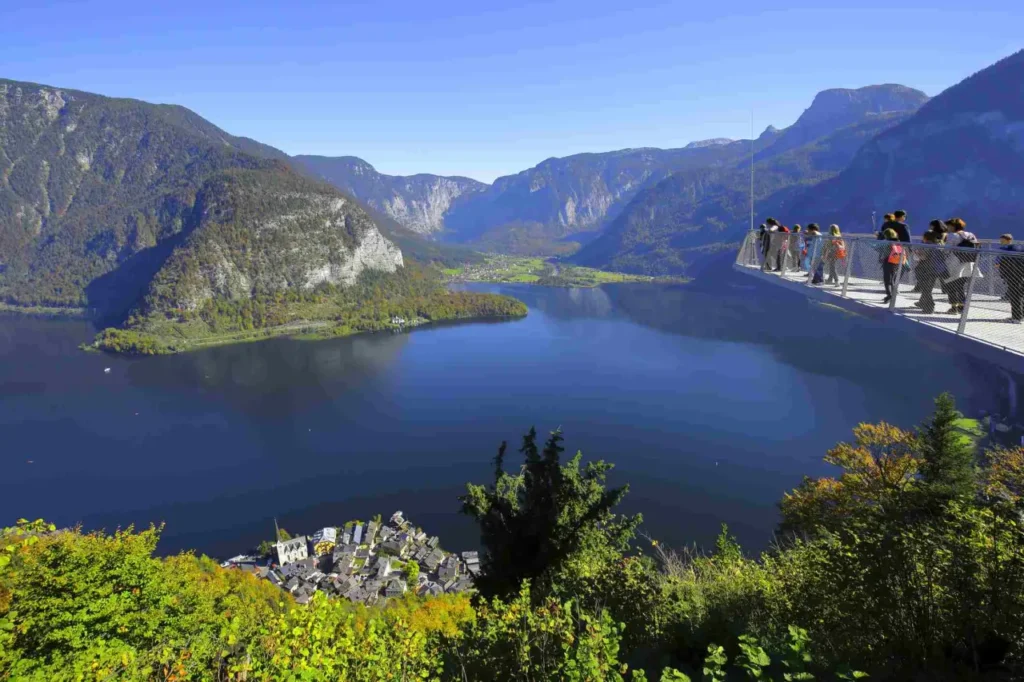
7. Graz
Graz is the second-largest city in Austria and a UNESCO World Heritage Site. It blends historic charm with modern innovation, boasting a well-preserved medieval old town and contemporary architecture. Notable attractions include the Schlossberg hill with its clock tower, the Graz Cathedral, the Eggenberg Palace, and the Kunsthaus Graz art museum.
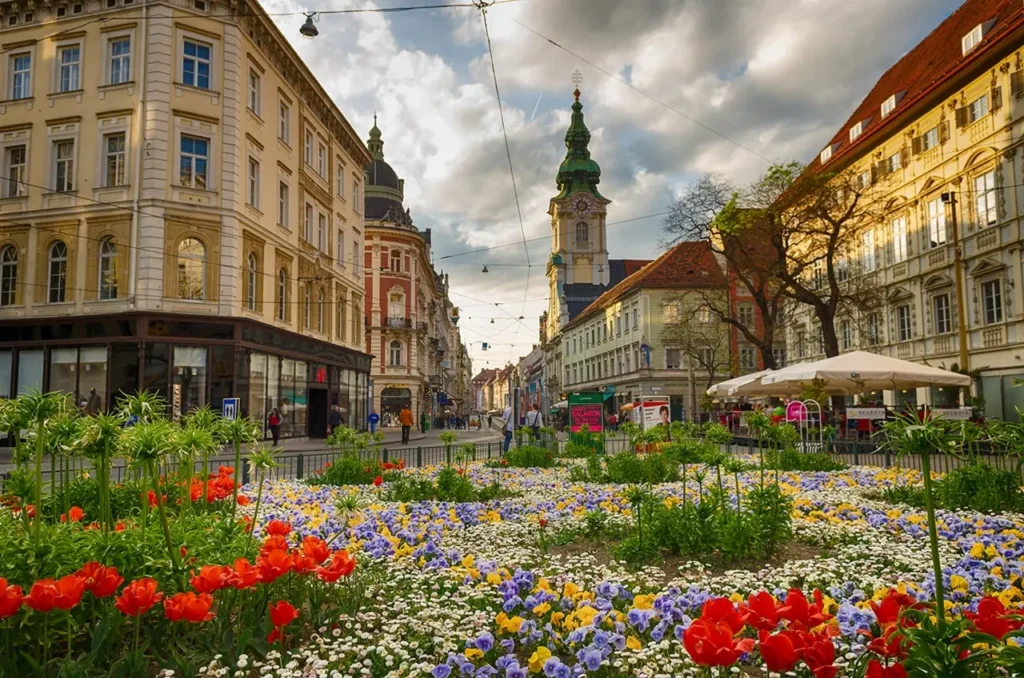
8. Zell am See
Nestled in the Austrian Alps, Zell am See is a popular destination for outdoor enthusiasts. It offers stunning views of Lake Zell and access to various outdoor activities, including hiking, skiing, snowboarding, and water sports. The picturesque town center, with its medieval buildings, is worth exploring.
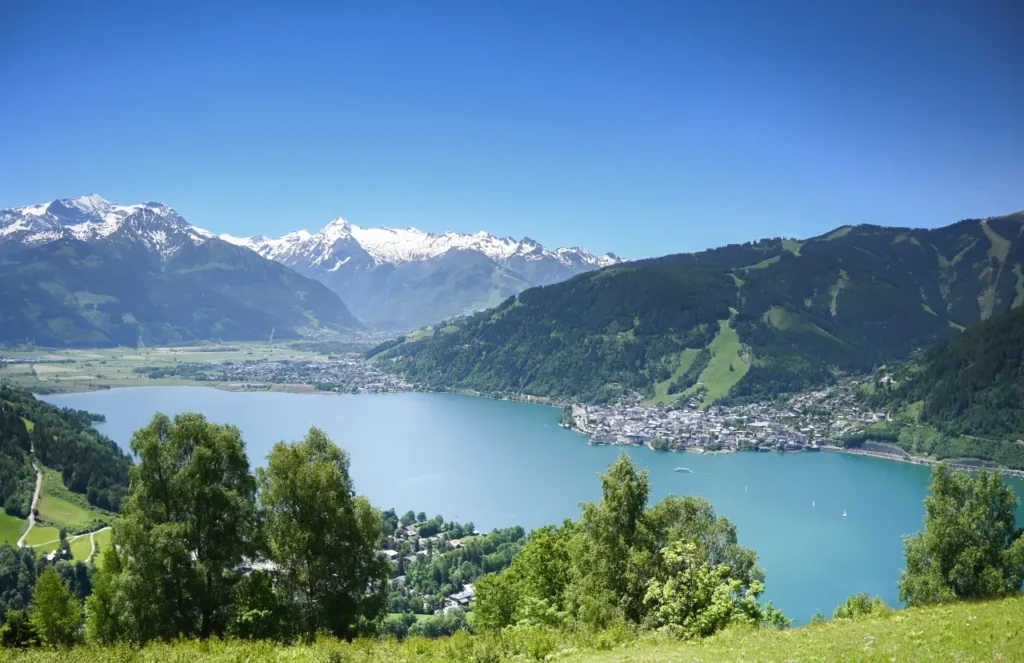
9. Eisriesenwelt Ice Cave
Located near Werfen, the Eisriesenwelt Ice Cave is the largest ice cave in the world. Visitors can explore its magnificent ice formations, icy corridors, and unique natural sculptures. Guided tours allow you to venture deep into this frozen wonderland.
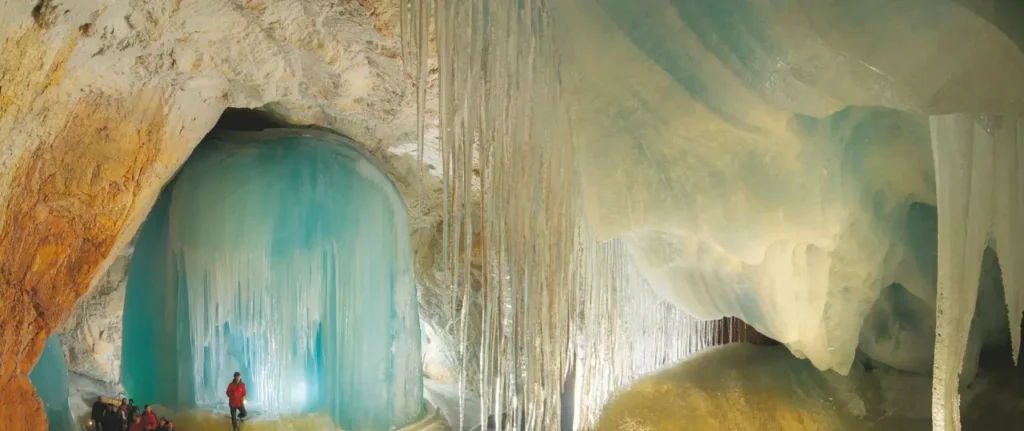
10. Grossglockner High Alpine Road
This iconic mountain road offers breathtaking views as it winds through the Austrian Alps. It takes you to the foot of Grossglockner, Austria’s highest mountain. Enjoy scenic vistas, alpine meadows, and the opportunity to spot wildlife along the way.
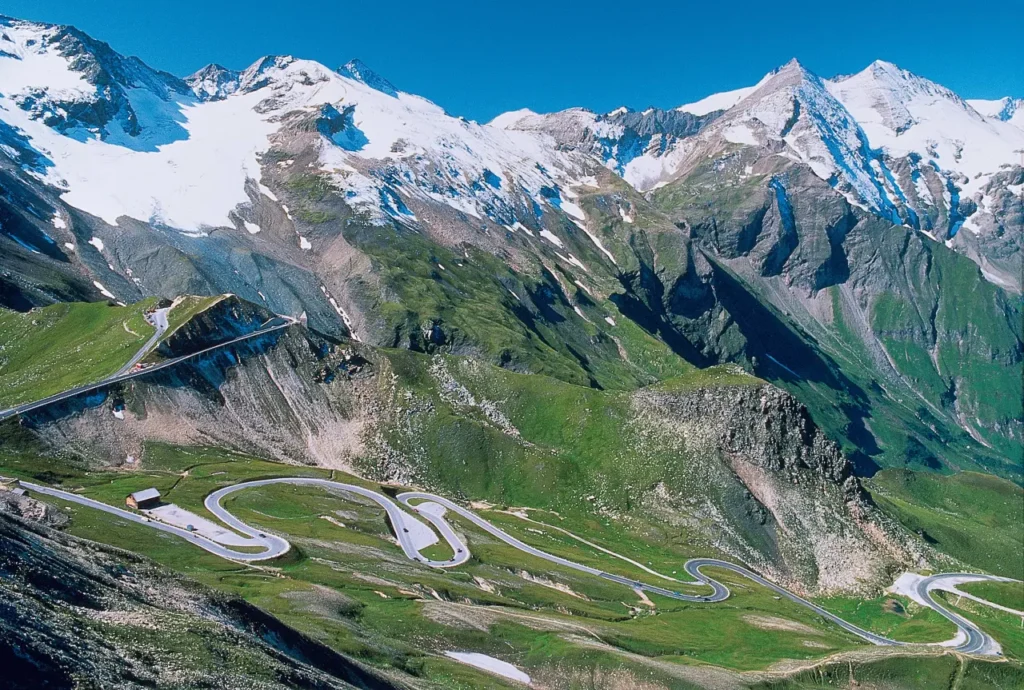
11. Melk Abbey
Located in the town of Melk, Melk Abbey is a magnificent Benedictine monastery perched on a hill overlooking the Danube River. It is known for its stunning Baroque architecture, including the impressive Abbey Church and the exquisite library.
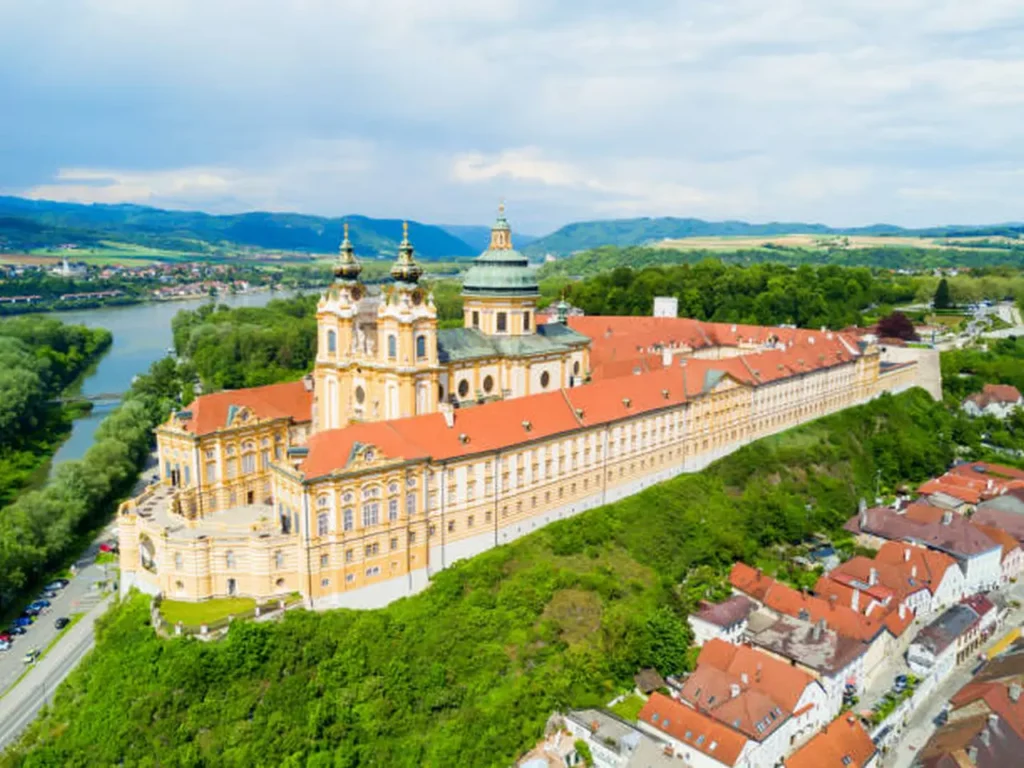
12. Dachstein Ice Cave
Situated in the Dachstein Mountains near Hallstatt, the Dachstein Ice Cave is a natural wonder. Explore its intricate ice formations, underground passages, and frozen waterfalls for a truly unique experience.
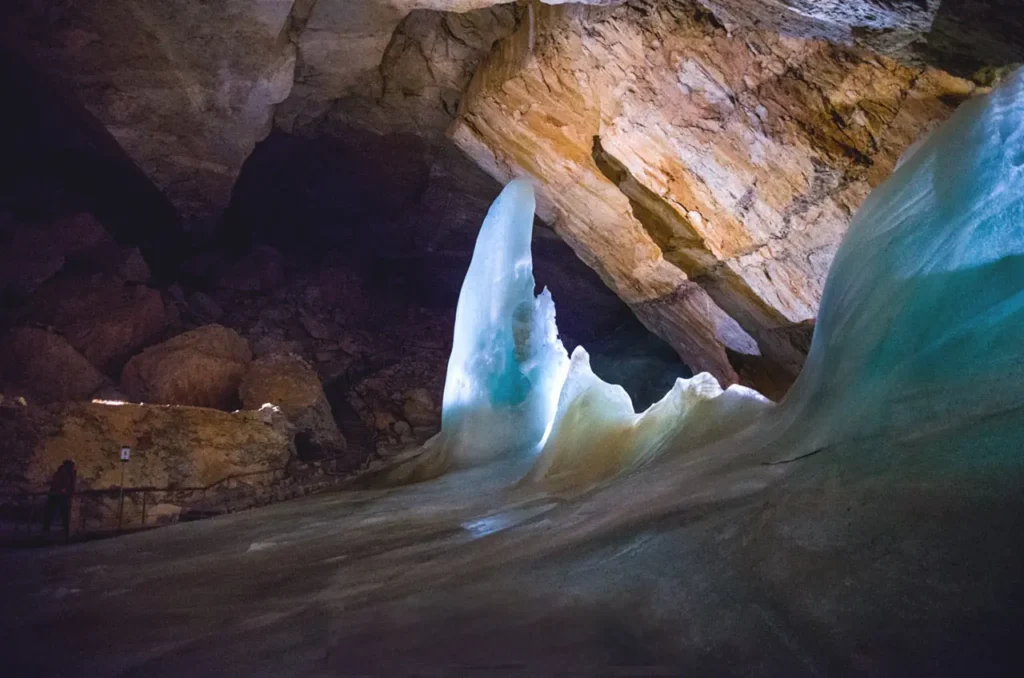
13. Grossglockner National Park
This national park is home to Austria’s highest peak, Grossglockner, and offers awe-inspiring alpine landscapes. The park features scenic drives, hiking trails, and abundant opportunities for wildlife spotting and nature photography.
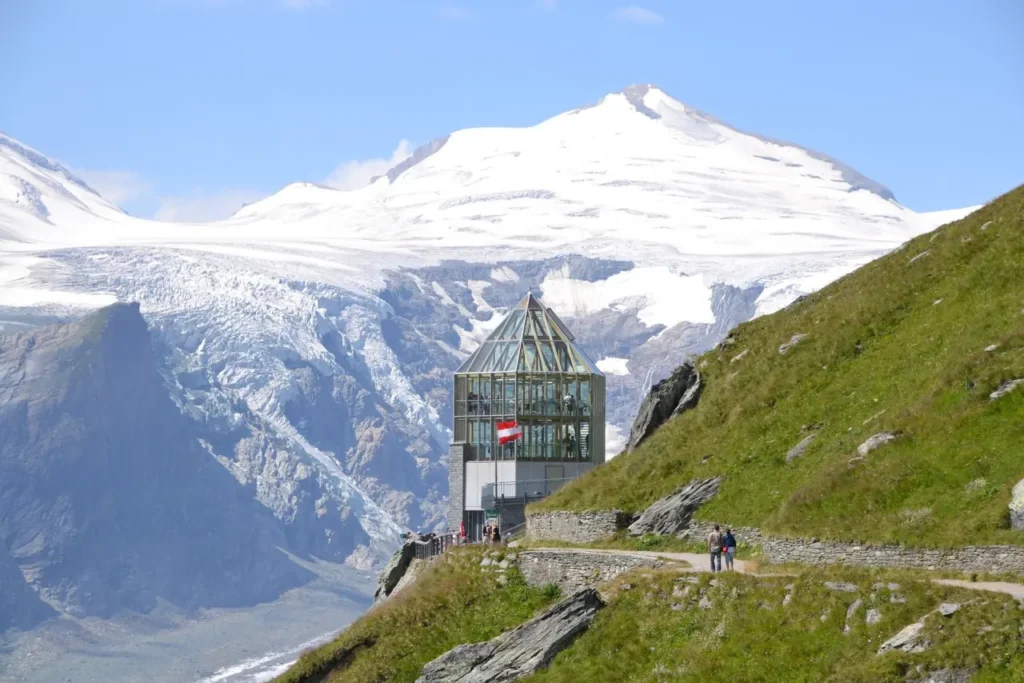
14. Swarovski Crystal Worlds
Located in Wattens near Innsbruck, Swarovski Crystal Worlds is an interactive museum and art installation showcasing the beauty and craftsmanship of Swarovski crystals. It features dazzling displays, a stunning crystal dome, and a garden with art installations.
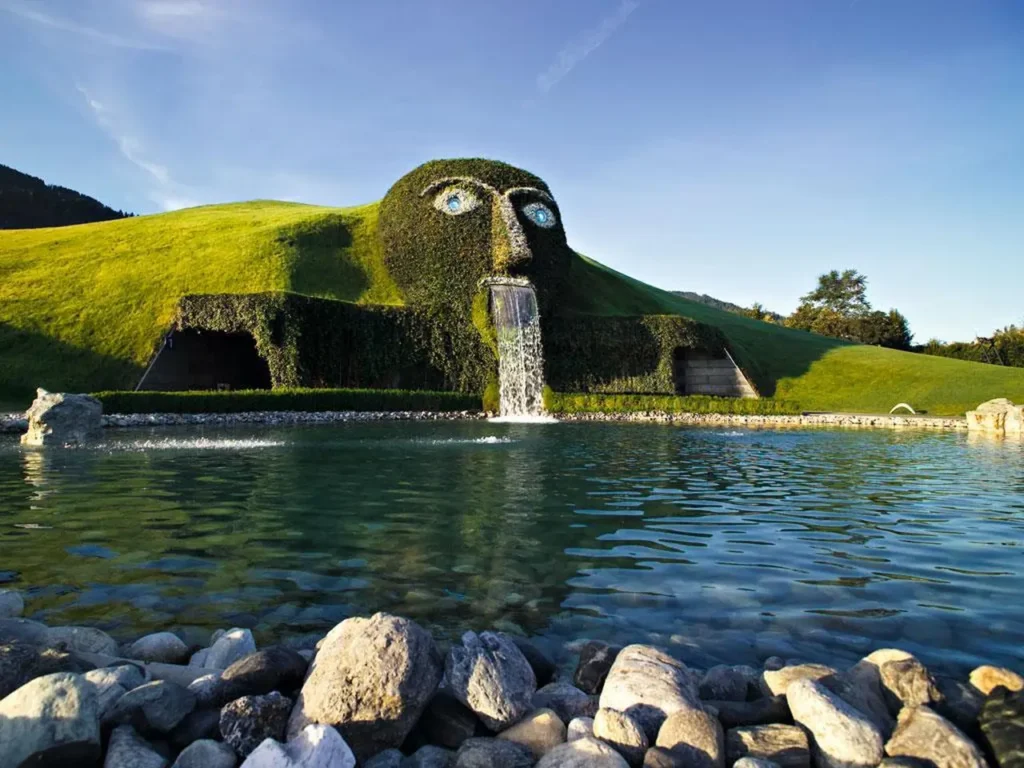
15. Lake Neusiedl
Situated on the border between Austria and Hungary, Lake Neusiedl is a UNESCO World Heritage Site and the largest steppe lake in Central Europe. The lake is a haven for birdwatching enthusiasts and offers opportunities for sailing, windsurfing, and cycling along its shores.
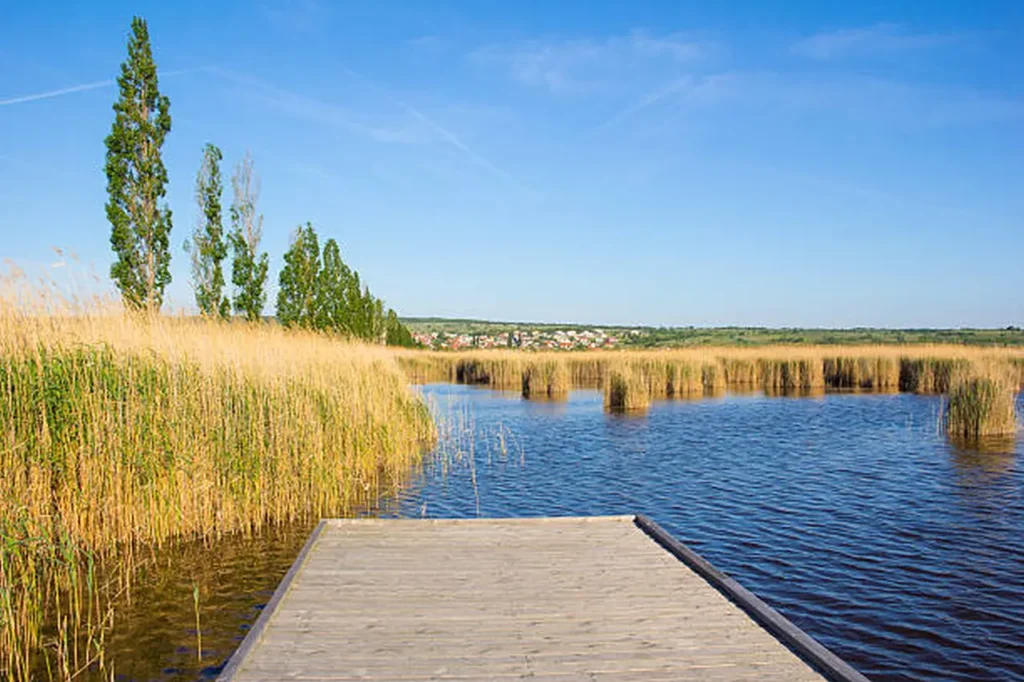
16. Graz Clock Tower
The Graz Clock Tower, also known as the Schlossberg Clock Tower, is an iconic symbol of Graz. It stands atop Schlossberg hill and offers panoramic views of the city. Visitors can reach the tower by hiking or taking the funicular.
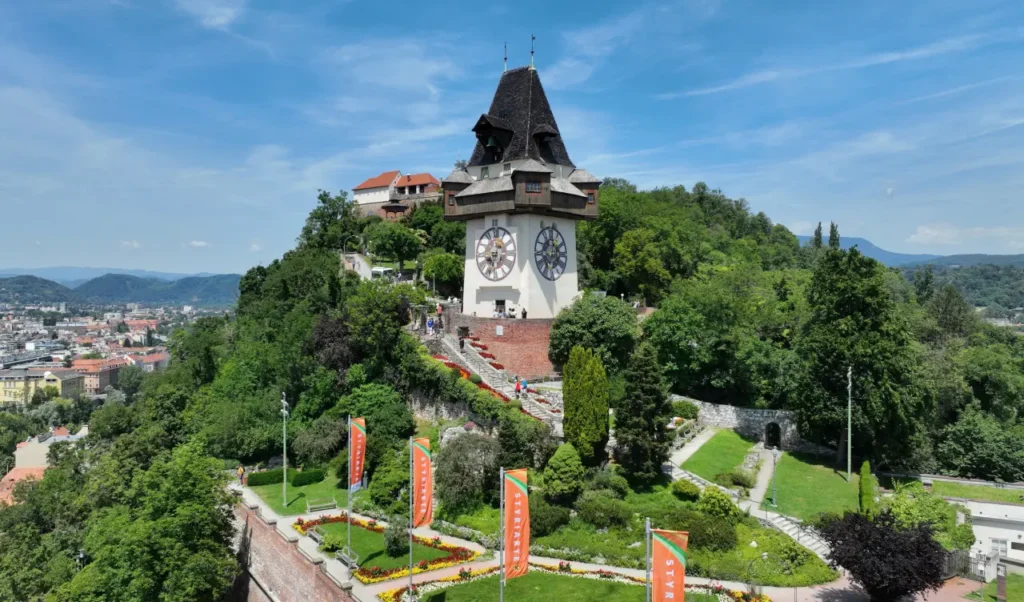
17. Hohe Tauern National Park
This national park, located in the Austrian Alps, is the largest protected area in the Alps. It is home to breathtaking landscapes, including majestic peaks, glaciers, waterfalls, and alpine meadows. The park offers various outdoor activities, including hiking, mountaineering, and wildlife watching.
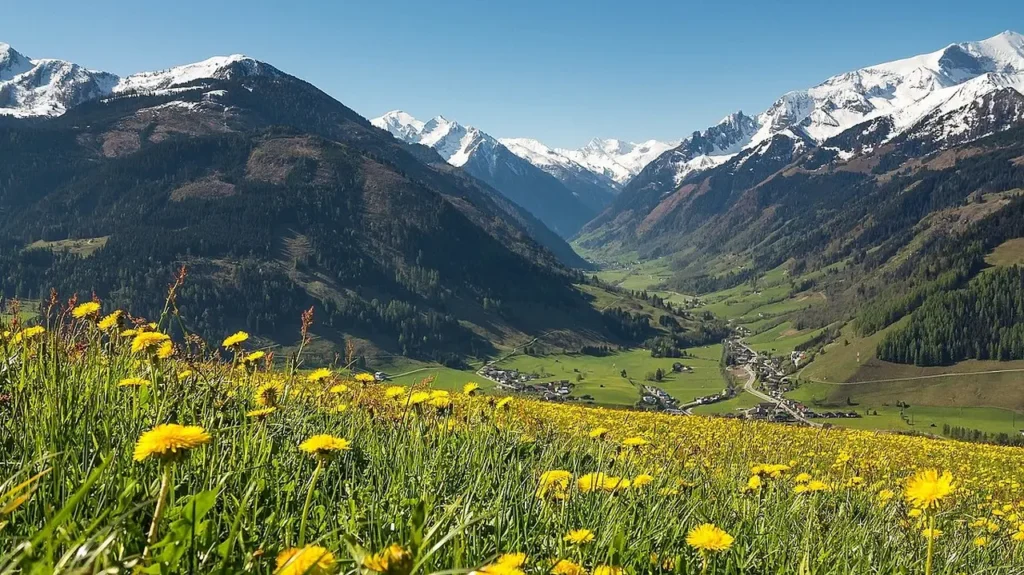
18. Riegersburg Castle
Situated in Styria, Riegersburg Castle is a medieval fortress perched on a volcanic hilltop. It offers panoramic views of the surrounding countryside and features a museum showcasing the castle’s history, armory, and exhibitions on witch trials.
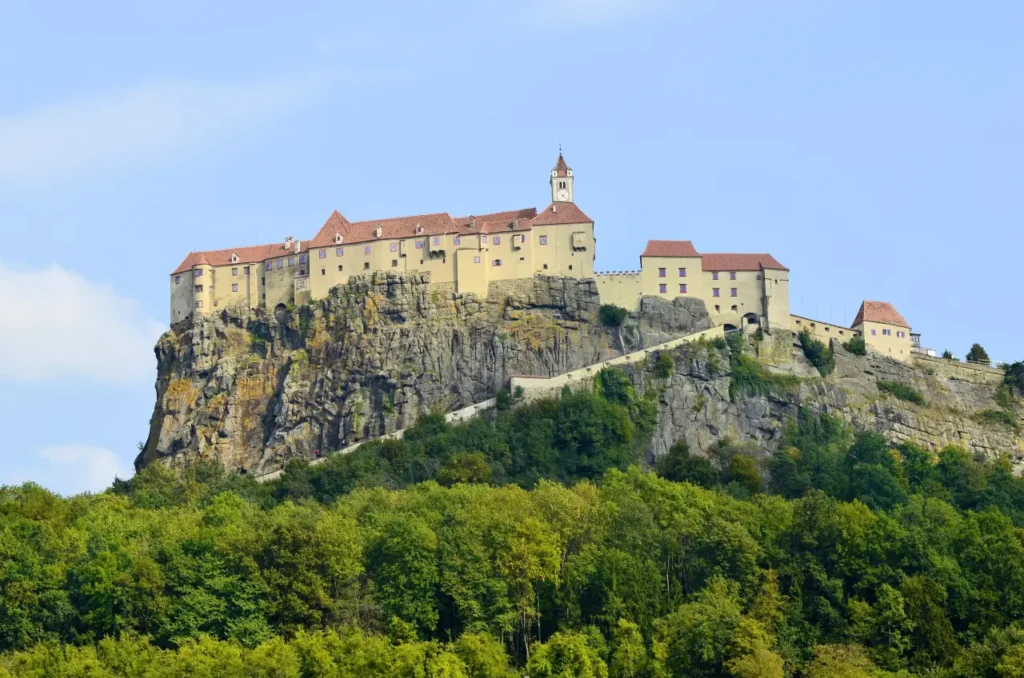
19. Burgenland Wine Region
Burgenland, located in the eastern part of Austria, is renowned for its vineyards and wine production. Wine enthusiasts can explore the picturesque wine-growing region, visit wineries, and indulge in wine tastings of the region’s renowned red and white wines.
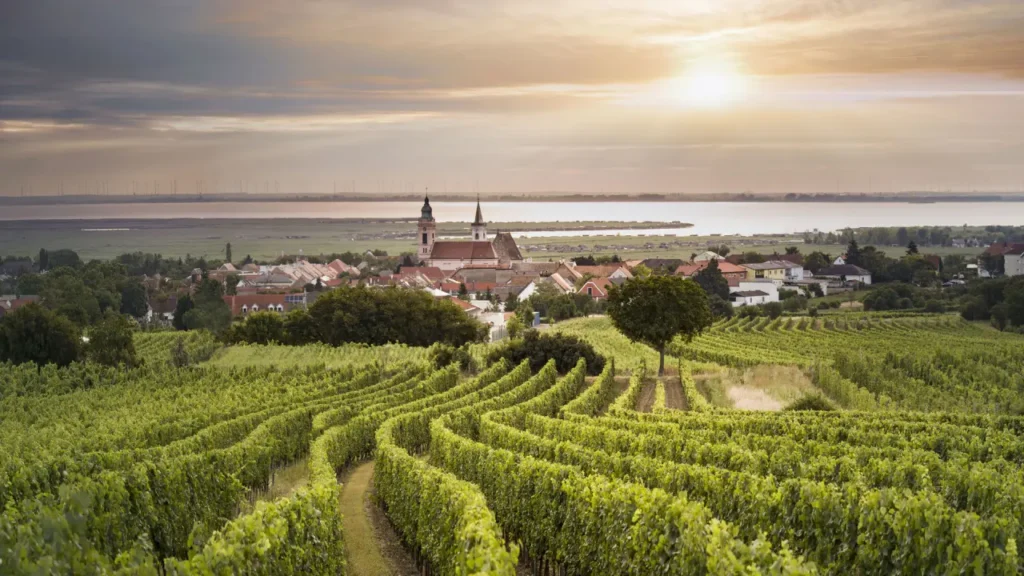
20. Hohensalzburg Fortress
Dominating the skyline of Salzburg, Hohensalzburg Fortress is one of the largest and best-preserved medieval castles in Europe. Visitors can explore the fortress’s museum, enjoy panoramic views of Salzburg, and attend concerts held within its walls.
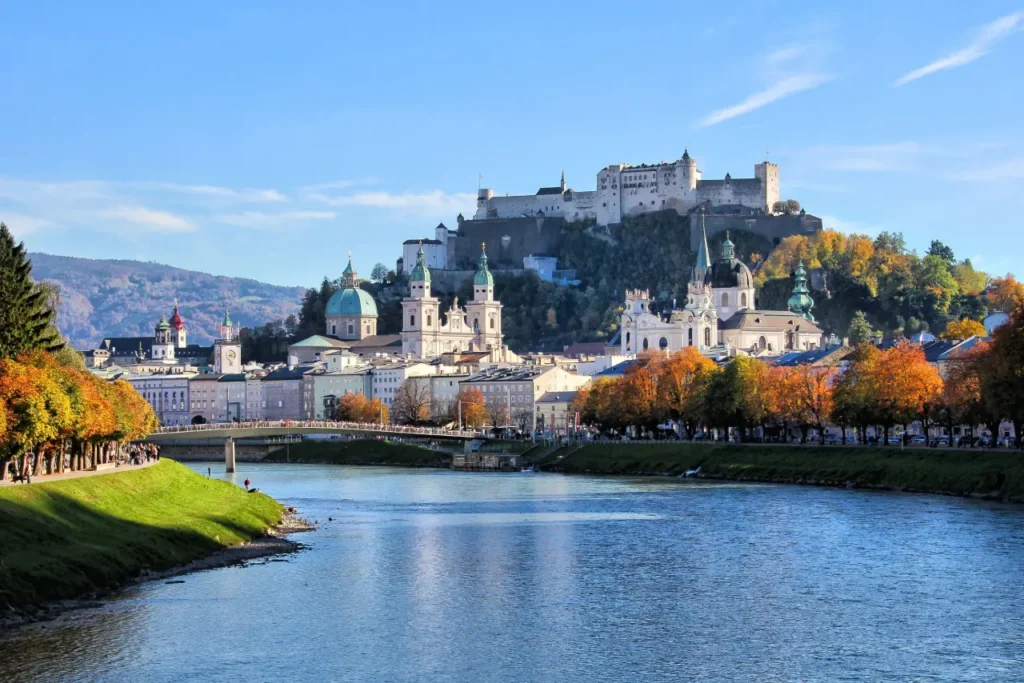
21. Krimml Waterfalls
Located in the Hohe Tauern National Park, the Krimml Waterfalls are the highest waterfalls in Austria and one of the most impressive in Europe. The falls cascade over a series of three tiers, offering breathtaking views and the opportunity to hike along well-maintained trails.
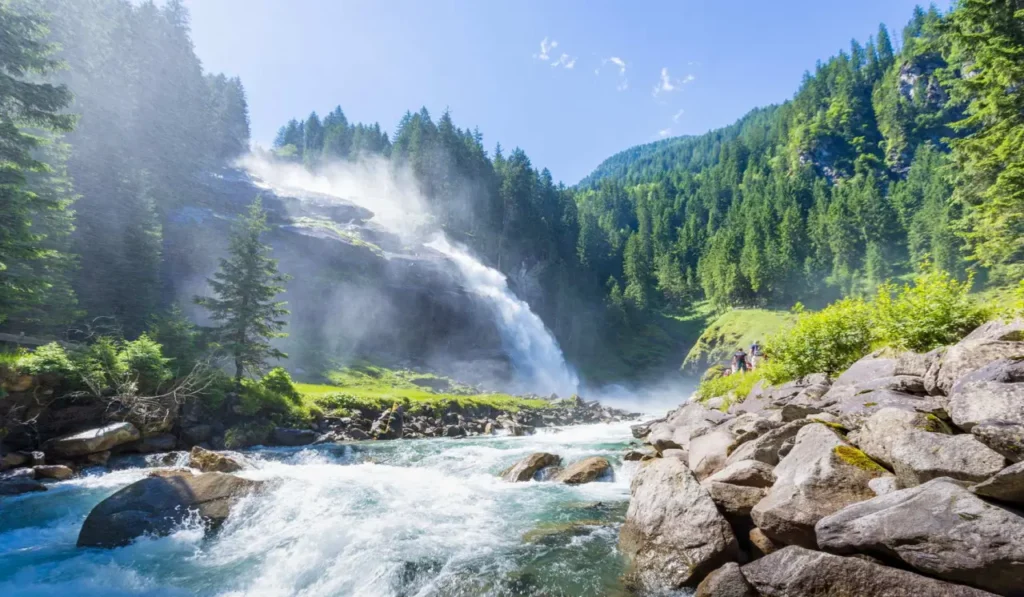
22. Semmering Railway
The Semmering Railway is a UNESCO World Heritage Site and a marvel of engineering. This historic railway, built in the mid-19th century, winds through the picturesque Semmering Pass, offering spectacular views of the surrounding mountains and valleys.
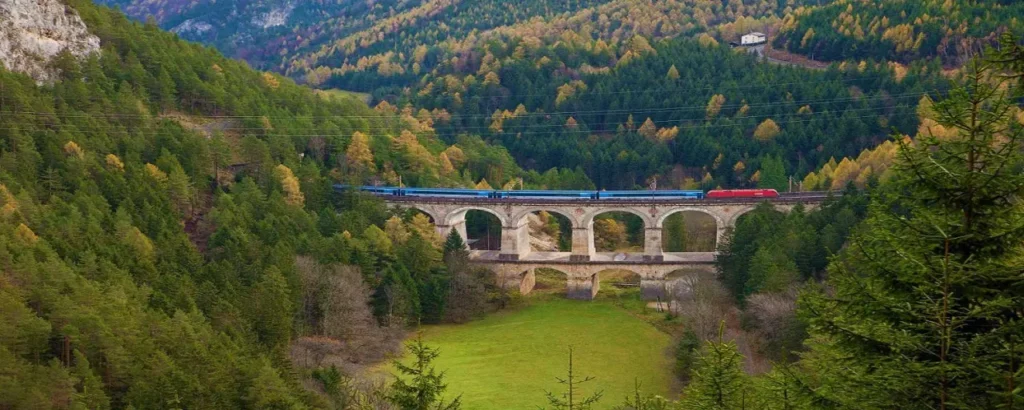
23. Lake Wolfgang
Lake Wolfgang is another beautiful lake in the Salzkammergut region. Surrounded by mountains and charming towns such as St. Wolfgang and St. Gilgen, the lake offers opportunities for boating, swimming, and lakeside walks. Take a ride on the nostalgic Schafbergbahn cogwheel railway for stunning panoramic views.
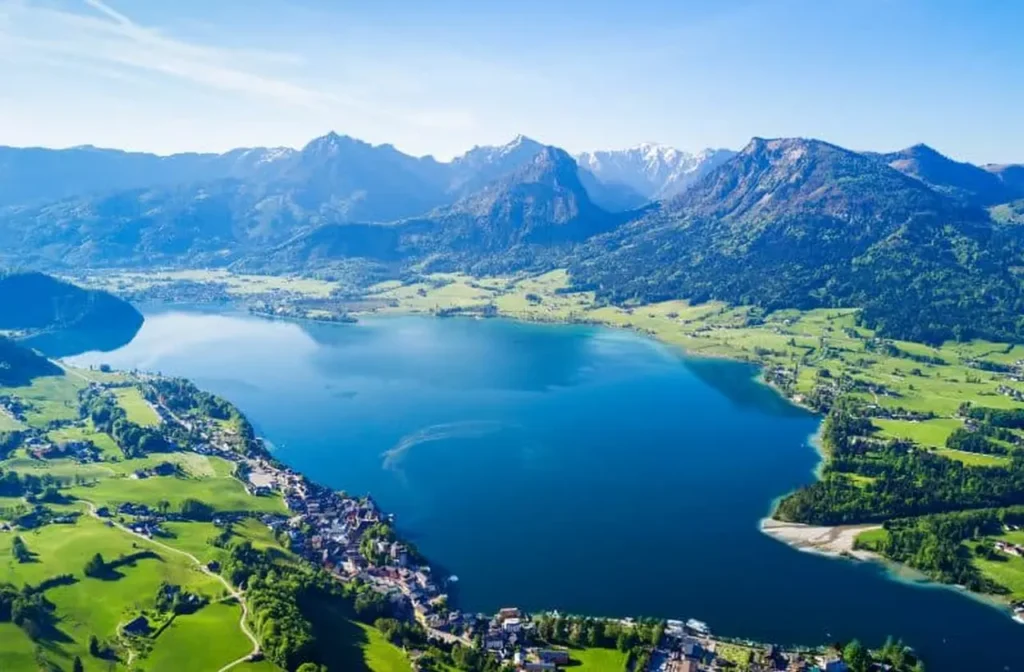
24. Grossglockner Hochalpenstrasse
The Grossglockner High Alpine Road is a renowned scenic drive that traverses the Austrian Alps. It offers breathtaking vistas, winding roads, and panoramic viewpoints, allowing visitors to immerse themselves in the stunning alpine landscapes.
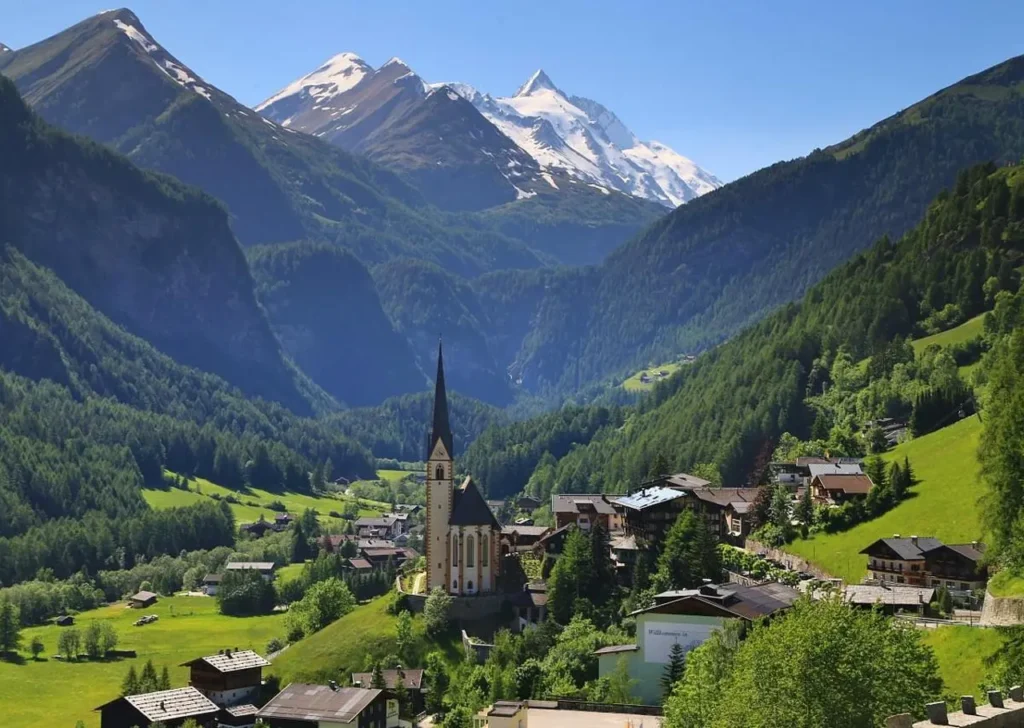
25. Rattenberg
Rattenberg is the smallest town in Austria and is famous for its well-preserved medieval old town. It is known for its glassblowing tradition, and visitors can explore glass workshops, browse handmade glass products, and enjoy the charm of this picturesque town.
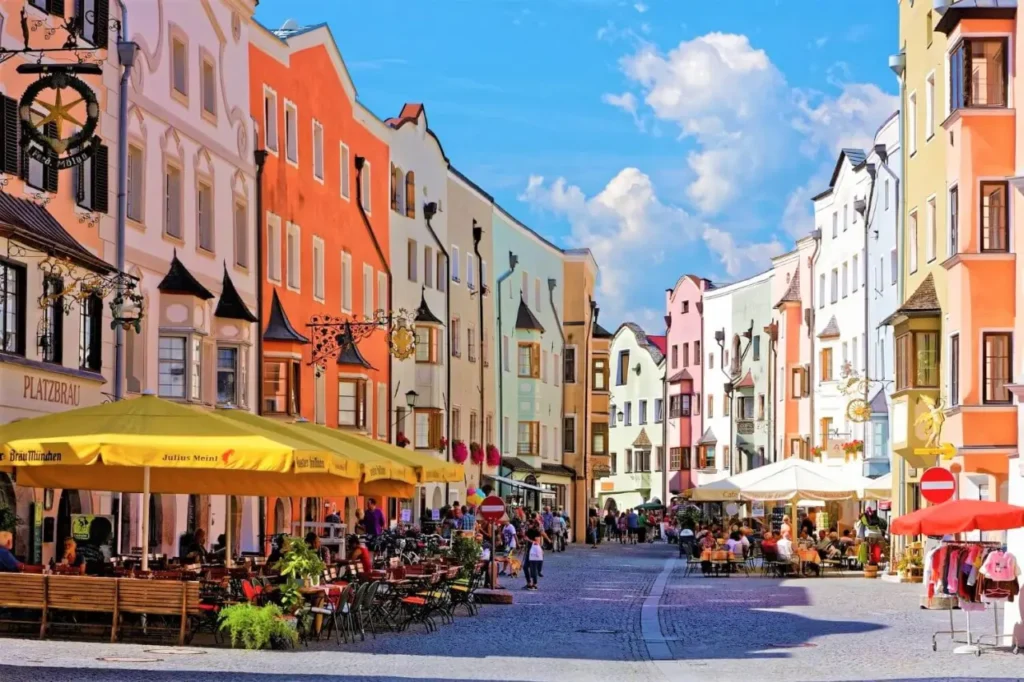
26. Villach
Located in southern Austria, Villach is a charming town near the borders of Italy and Slovenia. It offers a blend of cultural heritage, beautiful landscapes, and recreational activities. Explore the historic center, visit the fortress ruins of Landskron Castle, or enjoy outdoor activities around Lake Ossiach.
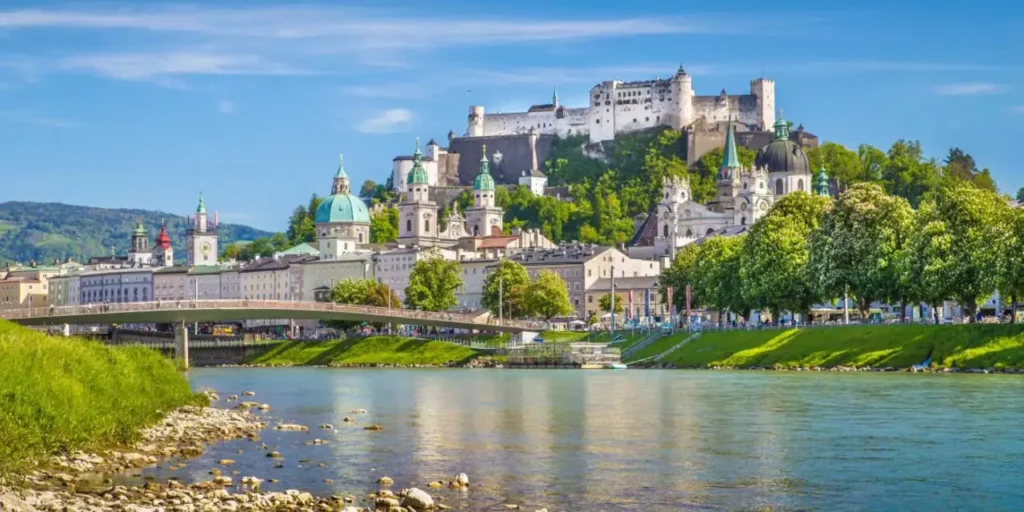
27. Linz
Linz is known for its vibrant cultural scene and modern architecture. The city was designated as the European Capital of Culture in 2009 and is home to numerous museums, galleries, theaters, and music festivals.
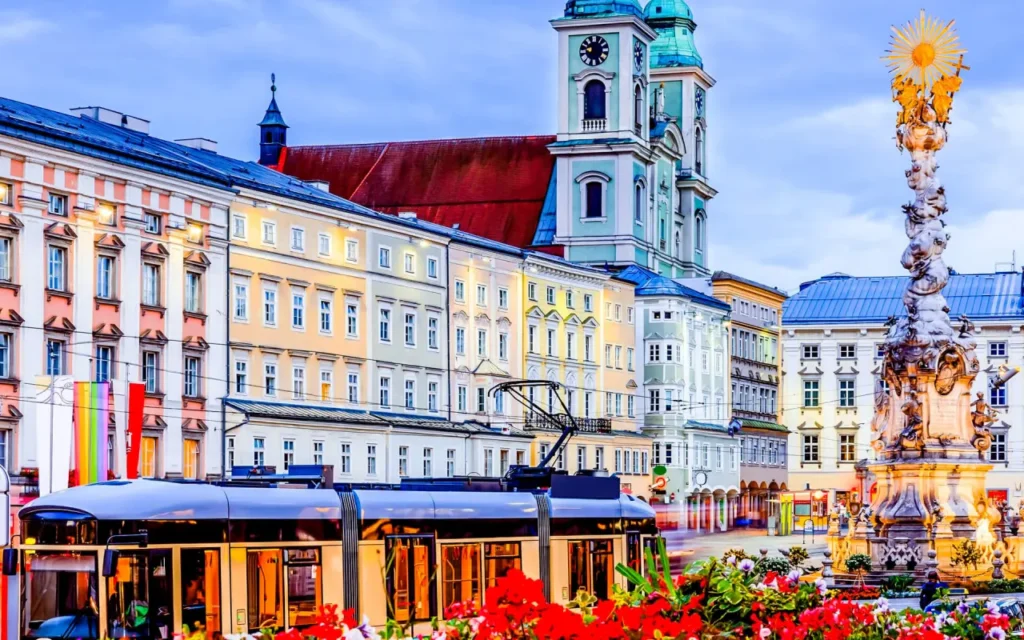
28. Kitzbühel
Kitzbühel is a famous and picturesque town located in the Austrian Alps. Kitzbühel is a captivating destination that seamlessly combines outdoor adventure, sports, history, and relaxation.
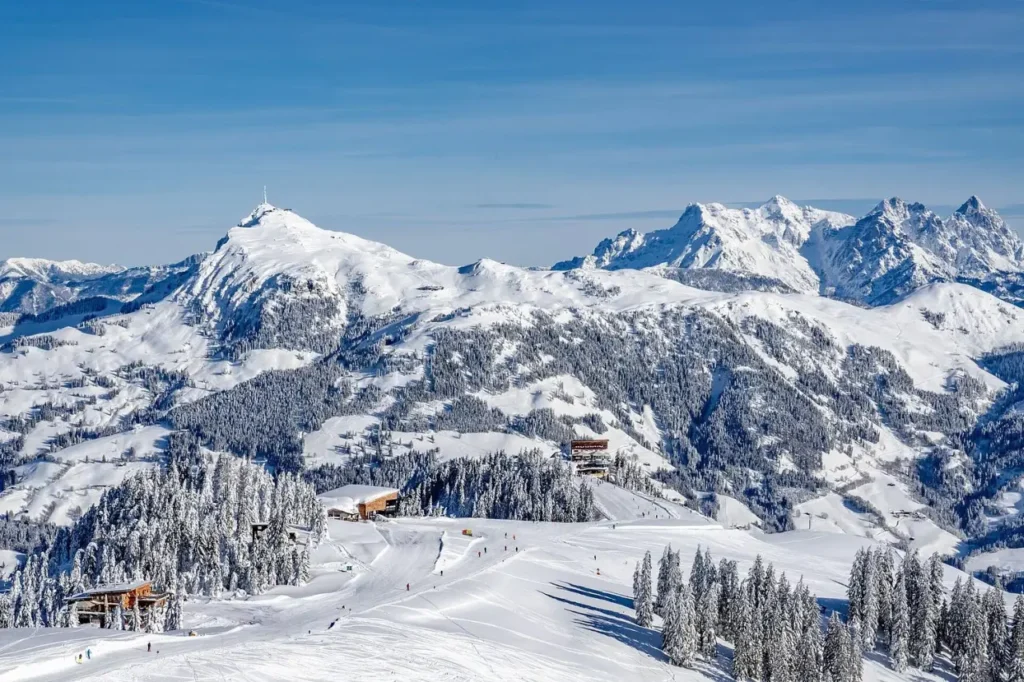
29. Seefeld
Seefeld is a charming village located in the Austrian state of Tyrol. Seefeld combines natural beauty, outdoor activities, and a relaxed alpine atmosphere, making it an appealing destination for both winter and summer adventures.
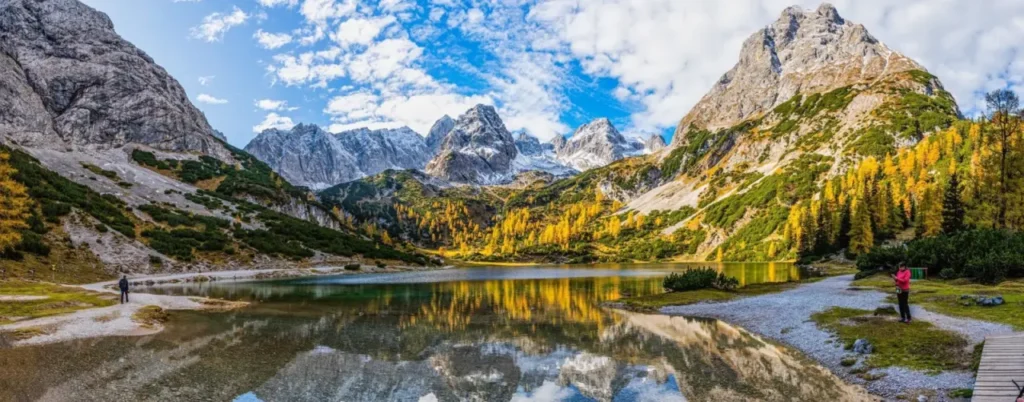
30. Mostviertel
Mostviertel is a region in Lower Austria, located between the Danube River and the foothills of the Alps. Mostviertel provides a harmonious blend of scenic beauty, cultural heritage, and culinary delights.
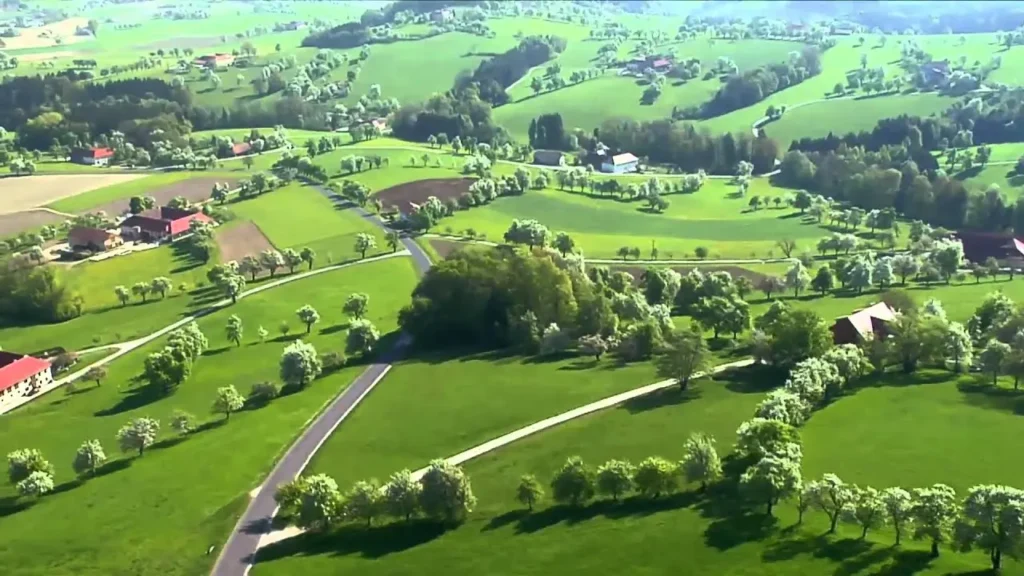
31. Alpbach
Alpbach is a beautiful village located in the Austrian state of Tyrol. Alpine Beauty: Alpbach is renowned for its stunning alpine scenery. Surrounded by the Kitzbühel Alps, the village offers panoramic views of majestic mountains, lush meadows, and charming wooden chalets
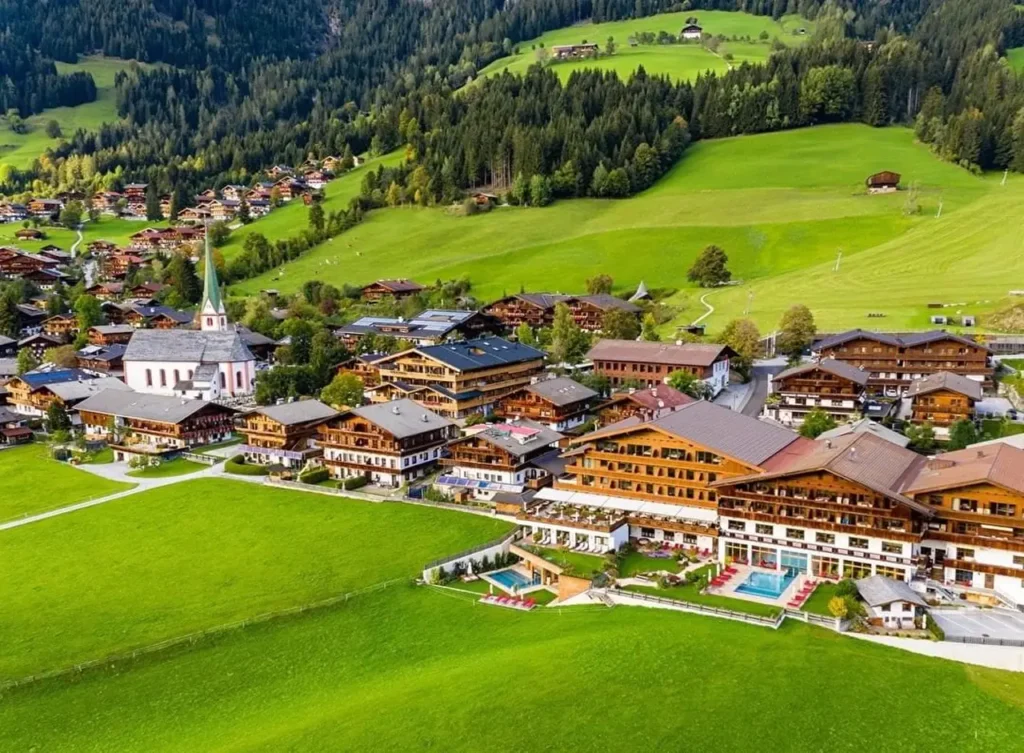
These are just some of the many stunning destinations Austria has to offer. Each of them showcases Austria’s natural. These additional destinations in Austria showcase the country’s diverse natural beauty, historic landmarks, and cultural treasures.
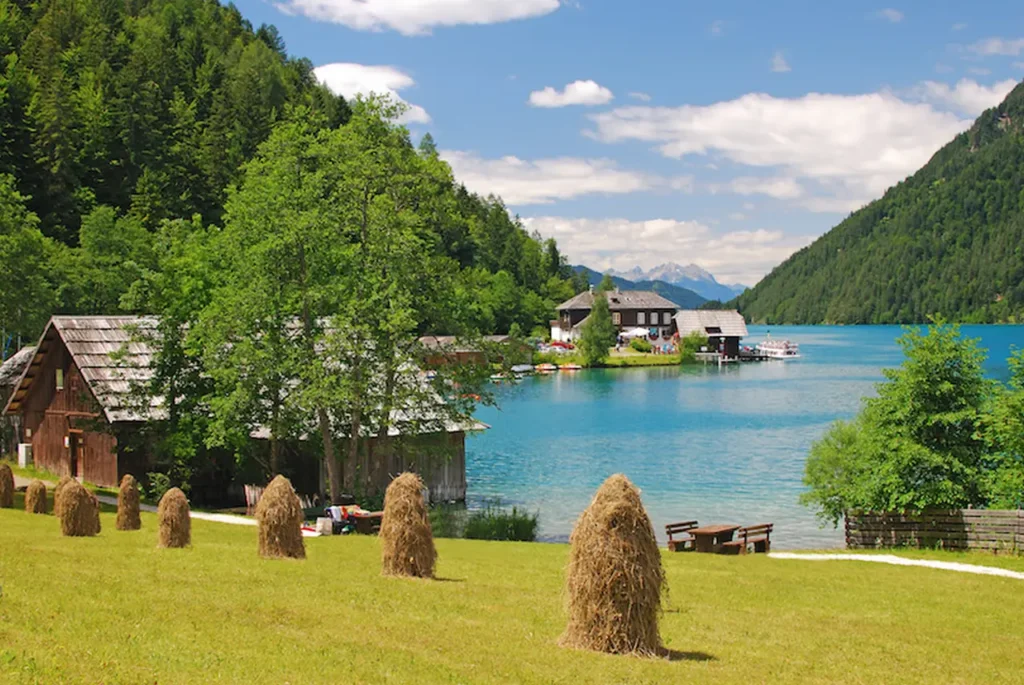
Whether you are seeking stunning landscapes, architectural marvels, or cultural experiences, Austria has something to offer every visitor. Please visit our website regularly for more interesting destinations!